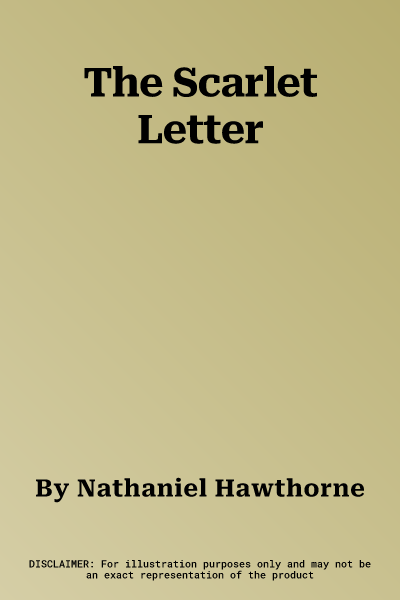The Scarlet Letter was one of the first mass-produced books in the
United States. It was popular when first published and is considered a
classic work of American literature. The novel has inspired numerous
film, television, and stage adaptations. Critics have described The
Scarlet Letter as a masterwork, and novelist D. H. Lawrence called it a
"perfect work of the American imagination". The major theme of The
Scarlet Letter is shaming and social stigma, as seen both in Prynne's
public humiliation and in Dimmesdale's private shame and fear of
exposure. Notably, their liaison is never spoken of, so the
circumstances that led to Prynne's pregnancy never become part of the
plot. Elmer Kennedy-Andrews remarks that Hawthorne in "The Custom-house"
sets the context for his story and "tells us about 'romance', which is
his preferred generic term to describe The Scarlet Letter, as his
subtitle for the book - 'A Romance' - would indicate." In this
introduction, Hawthorne describes a space between materialism and
"dreaminess" that he calls "a neutral territory, somewhere between the
real world and fairy-land, where the Actual and the Imaginary may meet,
and each imbues itself with nature of the other". This combination of
"dreaminess" and realism gave the author space to explore major themes.


